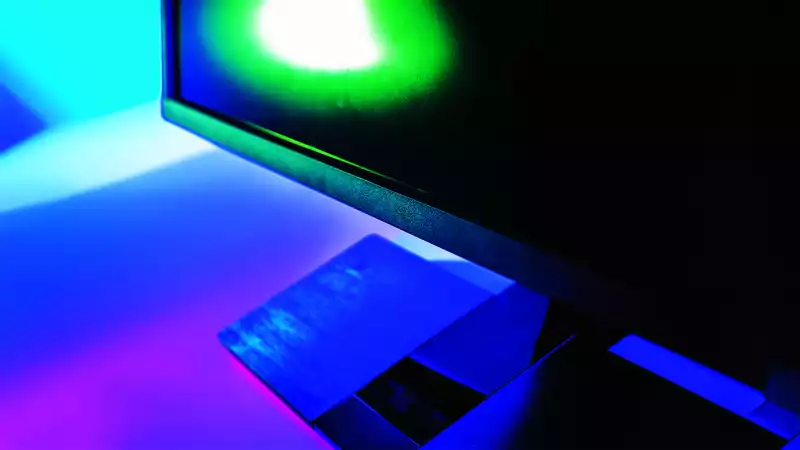Nvidia today announced the introduction of Nvidia Reflex technology. In an attempt to quantify input latency on gaming PCs, Nvidia and fellow monitor manufacturers will introduce a screen-based technology called Reflex Latency Analyzer. They will also add support for Reflex Low-Latency Mode on a per-game basis.
While Alienware, Asus, Acer, and MSI are known to be planning to introduce this feature in their new 360Hz monitors for competitive gaming, details on the exact specifications of future monitors with this technology are still sparse. Asus' model is the recently announced Look for the PG259QNR when it arrives.
Valorant, Apex Legends, Call of Duty: Warzone, and Fortnite are just a few of the games announced to support Nvidia Reflex Low-Latency Mode. This is a separate feature from Reflex Latency Analyzer, which is part of the Nvidia Reflex technology suite.
Input latency is a common term in the gaming monitor field, but it cannot be easily measured without specialized equipment and cameras. To do so, one must measure the time between when the user hits an input (e.g., a primary mouse click) and when the pixels of the monitor react to that input (the character fires a shot).
It is also difficult to quantify the root cause of latency. Latency can come from a variety of sources, including peripherals, hardware inside the PC, and monitors. Also, the more places in the PC game pipeline where latency can occur, the more patches there are that can reduce latency.
Nvidia Reflex seems to aim to shed light on where latency is occurring in the system and, if not reduce it, at least provide an accurate measure of latency in the system. [This may mean that latency is the new battleground between Nvidia and AMD, and given today's disclosures, Nvidia believes it has the upper hand.
However, we will have to wait until we have both the Nvidia Ampere and AMD RDNA 2 GPUs to test this hypothesis.
It is also likely that this technology will be limited to the latest monitors and Nvidia 30-series GPUs, but in any case we do not yet have confirmation.


Comments